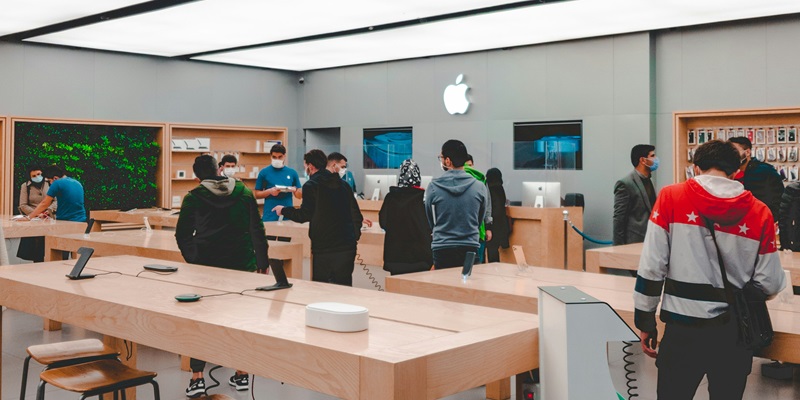In a bold stride that is reshaping the realm of personalized technology, Apple has introduced innovative on-device AI capabilities at the Worldwide Developers Conference 2024, elevating the bar for user experiences across its suite of devices. Not merely content with following trends, Apple is setting them; the company’s latest AI foray signifies a paradigm shift, ushering in a new age of privacy-centric, high-performing, and intuitive tech conveniences. The most distinctive feature of Apple’s announcement was its commitment to significant AI processing on the device itself, representing a move towards self-sufficient and secure ecosystems that respond to user commands instantaneously.
Apple’s On-Device AI: A Blend of Open Research and Proprietary Tech
Enabling this leap in on-device AI performance, Apple unveiled a 3-billion parameter model that draws inspiration from the OpenAI family, particularly the resource-efficient OpenAI-3B. By making selective improvements to the transformer model, Apple has managed to enhance data processing quality without adding to the model’s complexity or size. What makes this model extraordinarily adaptive is the combination of commercially licensed data, ensuring that Apple’s AI is equipped with diverse and high-grade informational inputs. To further refine the model, data collected by Apple’s web crawler, AppleBot, provides a proprietary edge that customizes the AI’s capabilities for a more personalized user experience. Together, the melding of these data sources is poised to deliver more refined, tailored, and responsive feature sets across Apple’s device lineup.
The inner workings of the AI’s learning mechanisms were also put in the spotlight. Apple’s model is continuously upgraded through reinforcement learning from human feedback (RLHF), a cutting-edge approach that helps the AI to grasp and execute user commands with more precision. To optimize the learning process, Apple employs rejection sampling and potentially leverages a ‘teacher committee’ system, although details remain closely guarded. These strategies suggest a dynamic, iterative model, increasingly adept at anticipating and fulfilling user requests.
Optimizing AI for On-Device Efficiency
At the 2024 Worldwide Developers Conference, Apple stunned the tech world by unveiling groundbreaking on-device AI capabilities. This bold move by Apple is revolutionizing the way we engage with personalized technology, pushing boundaries and creating enhanced user experiences across its product range. Rather than just keeping pace with existing trends, Apple is at the forefront, charting new territory. The company’s latest venture into AI is a game-changing twist, signaling the dawn of an era marked by devices that prioritize privacy, operate with remarkable performance, and provide intuitive interactions. The centerpiece of Apple’s revelation was the leap towards autonomous device processing. This strategy reflects Apple’s vision for a future where devices operate securely and independently, offering users instant, reliable responses to their needs. With this advancement, Apple isn’t just updating its features—it’s redefining the technological landscape, emphasizing user privacy while delivering instant computational power right at our fingertips.

